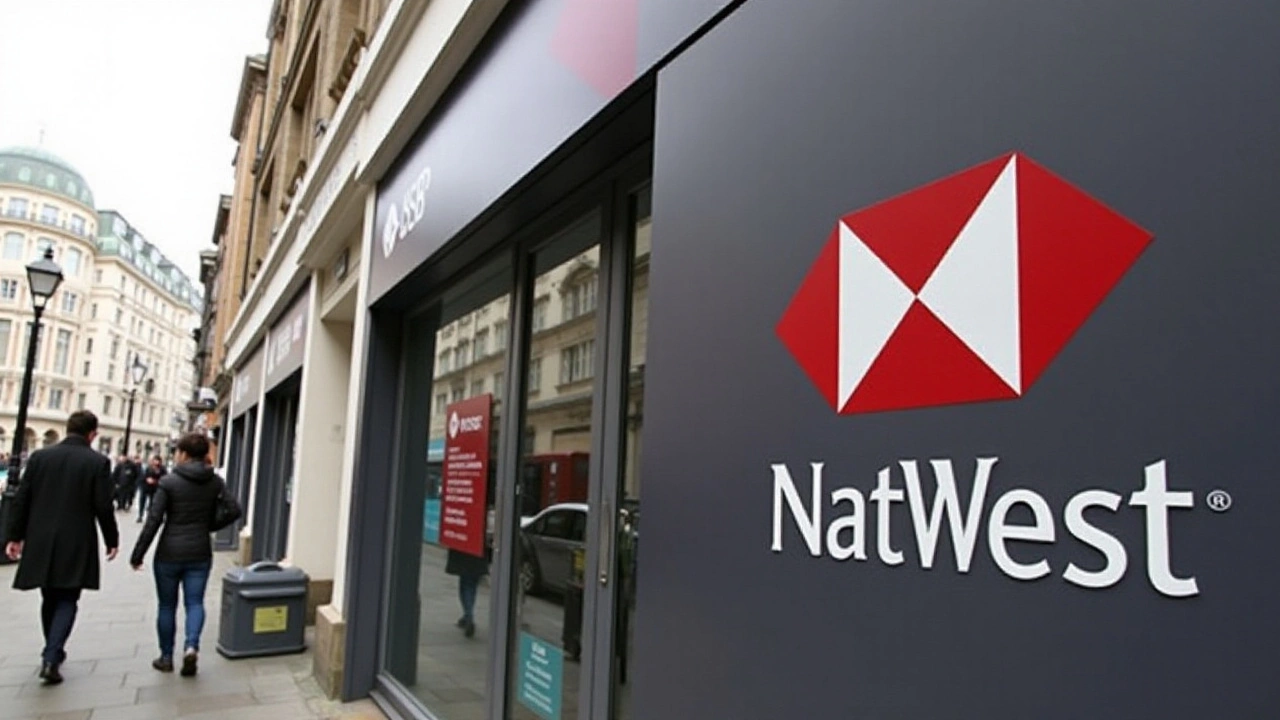NatWest's Decision to Close Branches
The announcement from NatWest to close 53 of its UK bank branches in 2025 underscores a significant shift within the banking industry that reflects both changing consumer behavior and the bank's strategic planning. This adjustment marks a continuation of a trend where high street banks are increasingly moving away from traditional brick-and-mortar branches in favor of expanding their online and mobile banking platforms. The planned closures are scheduled to occur between April and June 2025, impacting communities throughout the United Kingdom as customers increasingly prefer the convenience of digital channels.
Since 2015, NatWest Group, which is inclusive of NatWest, Royal Bank of Scotland, and Ulster Bank, has undergone a pronounced reduction in its high street presence. Over the last decade, the group has shut down 1,409 branches, and 48 closures are anticipated to take place in 2024 alone. NatWest indicates that this shift is largely driven by increased digital engagement from their customers, with over 80% of their active current account holders relying on digital platforms, while an even larger percentage—97% of retail accounts—are now being opened online.
Impact on Local Communities and Investment in Alternatives
The list of closures covers a diverse range of locations including Accrington, Alfreton, Beverley, and Bishop Auckland, among many others across the UK. These developments, while potentially impactful to local communities, are not without counterbalances. Recognizing the potential disenfranchisement of some customer bases, NatWest is making strides to invest in alternative banking solutions. In 2025, the bank plans to allocate £20 million towards enhancing its UK network, focusing on improving customer service, upgrading branch aesthetics, and reducing environmental footprints.
Additionally, NatWest aims to use shared solutions like the Post Office and Banking Hubs. These hubs offer shared access to financial services, which can help mitigate the impact of branch closures by ensuring customers still have access to necessary banking facilities. This strategy is particularly pertinent in rural and less densely populated areas where residents might have limited digital resources.
Regulatory Considerations and Customer Access
The planned closures align with new guidelines established by the Financial Conduct Authority (FCA) designed to balance the rights of consumers in the new banking landscape. Under these new rules, banks and building societies must ensure that customers have access to essential cash services even in regions where physical branches are closing. Although the FCA's directives do not halt branch closures outright, they aim to reduce their adverse effects on local communities by encouraging the funding of shared banking hubs and facilitating easier cash access as part of a voluntary agreement.
For customers still reliant on in-person banking, NatWest must carefully navigate these changes, providing necessary support, especially to historically underserved populations such as the elderly and those without internet access. By incorporating innovative banking solutions and focusing on community needs, the bank can support a smoother transition to predominantly digital service provisions while maintaining customer satisfaction and loyalty.
Looking Ahead to NatWest's Future
As digital banking grows, NatWest's initiative signifies a broader trend within the sector emphasizing convenience and technological innovation. Though challenging for certain communities and individuals, this transition also embodies opportunities for banks to redefine customer interaction, enhance data security, and personalize banking experiences through cutting-edge digital platforms. The financial landscape is vastly different from what it was even just a decade ago, with technology reshaping the ways in which financial institutions interact with their customers.
If effectively executed, NatWest's focus on digital transformation and strategic community investments could forge a path for other banks facing similar decisions. By prioritizing customer support and leveraging technology, NatWest aims to facilitate a seamless switch from a largely physical presence to a more virtual engagement model that aligns with modern banking demands.
As the banking ecosystem evolves, critical questions remain about how to best support those most reliant on traditional banking models while also appealing to digitally-native clientele. NatWest appears intent on balancing these concerns as it undertakes this complex restructuring, positioning itself for a future where banking is less about physical spaces and more about innovative financial solutions that cater to a diverse clientele.





